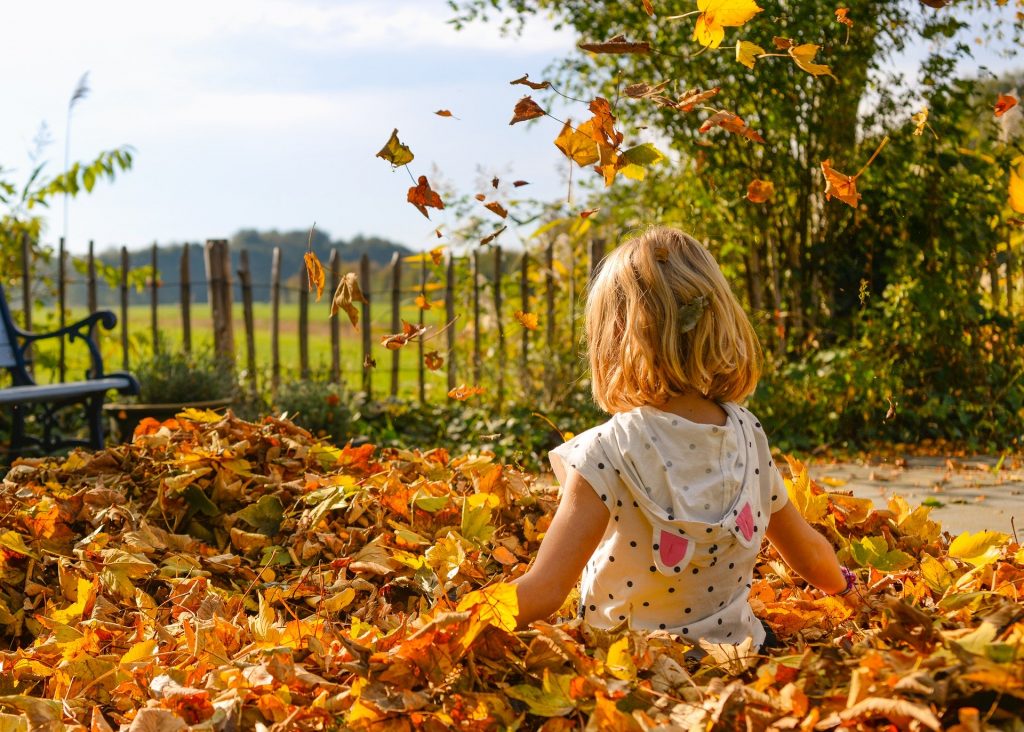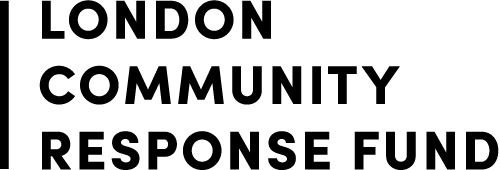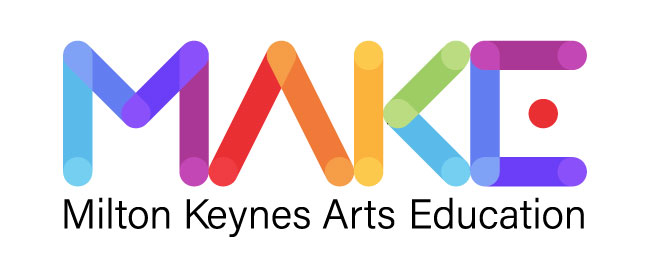How play can boost academic outcomes
|
For children, play time and the arts are easy companions. After all, their time spent in creative play naturally evokes the competencies of the dramatic arts; the dramatic arts are themselves, in turn, quite playful and spirited, creating an apt fit with the enthusiasm and curiosity of childhood. Time spent in independent, unprompted free play often leads to the use of imagination and pretending, as children tell stories and set scenes. In fact, creative free play and creative education share quite a few tandem benefits; some of the most noteworthy include boosts in self esteem, empathy, and coping skills. The social and emotional benefits of free play are numerous, and they’re joined by improvements in academic outcomes that shouldn’t be overlooked. Here are some of the ways that time spent at play can improve their scholastic outlook:
A higher level of preparedness for future challenges, stronger bond with parents, and reduction in phobias are also on the list of ways that children benefit from free play, and each are adjacent to improved academic outcomes. The list of free-play positives goes on, and this handy infographic from Muddy Smiles makes it easy to learn more; give it a read. |
13 Jul 2020 |

















